Professional industry ceramic supplier, silicon nitride, silicon carbide, aluminum nitride and any other kinds of ceramics.
PRODUCT PARAMETERS
Description
Overview of Calcium Oxide Stabilized Zirconia Powder Ca-Stabilized Zirconium Dioxide Zro2 CAS No. 1314-23-4 for Ceramic and Refractory
Calcium Oxide Stabilized Zirconia Powder Ca-Stabilized Zirconium Dioxide Zro2 CAS No. 1314-23-4 for Ceramic and Refractory are high-performance advanced materials renowned for their exceptional mechanical strength, toughness, and wear resistance. Often called “ceramic steel,” they undergo a phase transformation mechanism that inhibits crack propagation. This makes them a superior choice for demanding industrial, medical, and technical applications where reliability and longevity are critical.
Features of Calcium Oxide Stabilized Zirconia Powder Ca-Stabilized Zirconium Dioxide Zro2 CAS No. 1314-23-4 for Ceramic and Refractory
-
High Strength & Toughness: Possesses exceptional fracture toughness and flexural strength, far exceeding that of other advanced ceramics.
-
Excellent Wear Resistance: Ideal for components subject to friction and abrasion, ensuring a long service life.
-
Biocompatibility: Certified biocompatibility makes it a premier material for dental restorations (e.g., crowns, bridges) and surgical implants.
-
Low Thermal Conductivity: Exhibits excellent thermal insulation properties.
-
Chemical Inertness: Highly resistant to corrosion by various acids, alkalis, and other aggressive substances.
-
Aesthetic Quality: Can be manufactured in a bright, white color that closely mimics the natural appearance of teeth.
Specification of Calcium Oxide Stabilized Zirconia Powder Ca-Stabilized Zirconium Dioxide Zro2 CAS No. 1314-23-4 for Ceramic and Refractory
This calcium oxide stabilized zirconia powder delivers high performance. Its chemical name is calcium-stabilized zirconium dioxide. The CAS number is 1314-23-4. This powder is essential for demanding ceramic and refractory applications. Its stability at high temperatures is key.
Manufacturers use this powder widely. It forms the base for many advanced ceramics. The calcium oxide stabilizes the zirconia’s crystal structure. This prevents unwanted phase changes during heating and cooling. The result is excellent thermal shock resistance. Your parts resist cracking under sudden temperature shifts.
This material withstands extreme heat. It has a very high melting point. This makes it perfect for refractory linings. Furnaces, kilns, and reactors benefit greatly. The lining lasts longer under intense conditions. It handles corrosive environments well too. Chemical attack is minimized.
The powder offers good mechanical strength. Finished products are tough and durable. They resist wear effectively over time. Electrical insulation properties are also strong. This is valuable in specific electronic components. Thermal expansion is low and controlled. This ensures dimensional stability in your products.
Particle size distribution is tightly controlled. Typical sizes range from submicron to a few microns. This ensures consistent sintering behavior. High purity levels are standard. Low levels of impurities like silica and alumina are guaranteed. This purity is crucial for predictable performance. Consistent quality batch after batch is assured.
Handling requires care. Store the powder in a cool, dry place. Keep it sealed tightly. Avoid moisture exposure. Moisture can affect processing later. Follow standard safety procedures for fine powders. Use appropriate personal protective equipment. This powder enables reliable, high-temperature solutions. It is a proven material for industry.
Applications of Calcium Oxide Stabilized Zirconia Powder Ca-Stabilized Zirconium Dioxide Zro2 CAS No. 1314-23-4 for Ceramic and Refractory
Calcium oxide stabilized zirconia powder is a special material. It has zirconium dioxide as its main part. People add calcium oxide to change its behavior. This powder is very useful in ceramics and refractory products. It has important properties for these jobs.
The calcium oxide stops bad changes in the zirconia structure. Pure zirconia can crack when it heats up or cools down. The calcium oxide prevents this. It makes the zirconia stay stable. This stable form is called cubic zirconia. It keeps its shape and strength across a big temperature range. This is very important for tough applications.
This powder handles extreme heat well. It doesn’t melt easily. It also resists damage from chemicals. It stays strong even under stress. These features are perfect for making advanced ceramics. People use it in cutting tools. These tools need to stay sharp and not wear out. It’s good for wear-resistant parts like seals and bearings. Medical implants also use it because the body accepts it well. It makes strong, tough ceramic parts.
Refractory makers need materials that survive intense heat. Calcium oxide stabilized zirconia powder is excellent here. It forms linings for furnaces and kilns. These linings protect the equipment. They must not break down at high temperatures. The powder helps make crucibles. Crucibles hold molten metal. They need to be very heat resistant. Foundries use this powder in parts that touch liquid metal. The powder helps these parts last longer. It improves the performance of refractory bricks. These bricks build high-temperature ovens. They stay strong even when very hot. This powder is a key part for making better ceramics and refractories. Its stability and toughness solve problems.
Company Profile
Tanki New Materials Co.Ltd. focus on the research and development, production and sales of ceramic products, serving the electronics, ceramics, chemical and other industries. Since its establishment in 2015, the company has been committed to providing customers with the best products and services, and has become a leader in the industry through continuous technological innovation and strict quality management.
Our products includes but not limited to Aerogel, Aluminum Nitride, Aluminum Oxide, Boron Carbide, Boron Nitride, Ceramic Crucible, Ceramic Fiber, Quartz Product, Refractory Material, Silicon Carbide, Silicon Nitride, ect. please feel free to contact us.

Payment Methods
T/T, Western Union, Paypal, Credit Card etc.
Shipment Methods
By air, by sea, by express, as customers request.
5 FAQs of Calcium Oxide Stabilized Zirconia Powder Ca-Stabilized Zirconium Dioxide Zro2 CAS No. 1314-23-4 for Ceramic and Refractory
What is calcium oxide stabilized zirconia powder?
This is zirconium dioxide powder. It contains added calcium oxide. This makes the zirconia stable. Without stabilizers, pure zirconia changes structure when heated or cooled. That causes cracking. Stabilized zirconia avoids this problem. It keeps a consistent structure. This is vital for reliable performance.
Why choose calcium oxide stabilized zirconia over other types?
Calcium oxide is a cost-effective stabilizer. It works well for many common uses. Products made with it handle high temperatures reliably. It offers good thermal shock resistance. This means it won’t crack easily from sudden temperature changes. For basic refractory and ceramic needs, it’s a practical choice. It balances performance and price effectively.
Where is calcium oxide stabilized zirconia powder typically used?
Its main uses are in refractories and ceramics. Refractory bricks and linings for furnaces often contain it. It withstands intense heat. In ceramics, it’s used for certain specialized components. These need high temperature stability. Glazes and enamels sometimes use it too. It helps achieve specific properties or colors.
What key properties does this powder offer?
The powder provides excellent thermal stability. It resists very high temperatures well. It also has good chemical inertness. This means it doesn’t react easily with other materials at high heat. Its mechanical strength is solid. It offers decent resistance to wear and corrosion. These traits make it dependable for tough conditions.
Is handling calcium oxide stabilized zirconia powder safe?
Handle it with standard precautions. Wear a dust mask. Avoid breathing the powder. It can irritate lungs. Use gloves and eye protection. Keep it away from strong acids. Work in a well-ventilated area. Follow the safety data sheet instructions exactly. Proper handling minimizes risks.
REQUEST A QUOTE
RELATED PRODUCTS
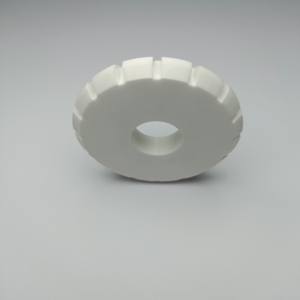
Premium Durable Zirconia Milling Beads for Ceramic Applications
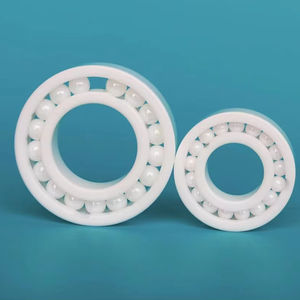
Durable Zirconia Beads for Effective Grinding Media in Ceramics
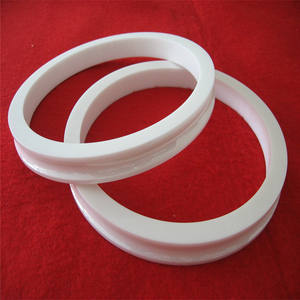
Zirconia Ceramic Balls for High Performance Grinding and Milling Tasks
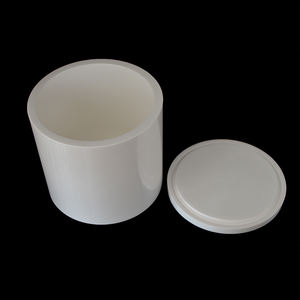
Whole Zirconia Ceramic Oxide Silicate Grinding Ball with 42% Zro2 for Ceramics Plants Grinding
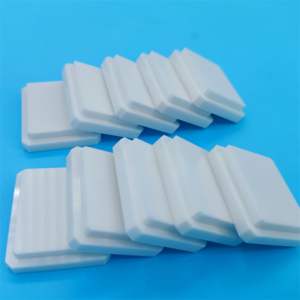
Premium Zirconia Grinding Media Beads for Ceramic Applications



